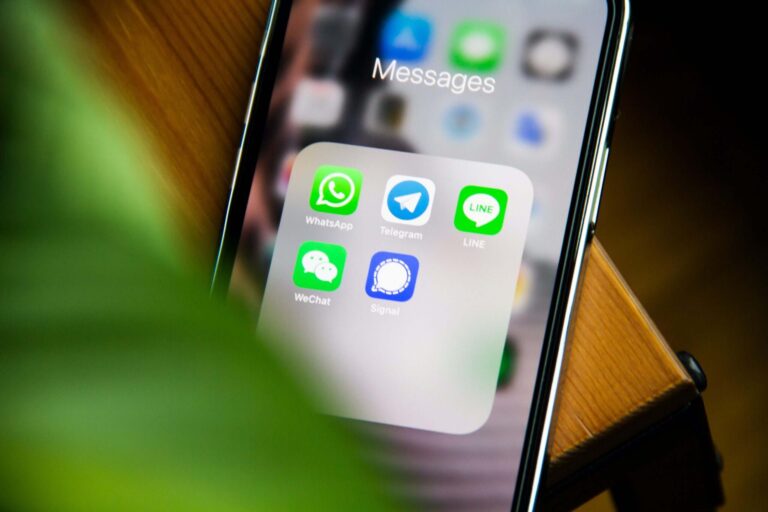Now becoming an integral part of our lives and ways of doing things, WhatsApp is distinguished by features that are unique or, at the very least, always easy to use and intuitive. And one is coming that will simplify our conversations even more.
Receive a lot of voice messages don’t want to listen to them? WhatsApp will do automatic translation of voice to text for you. Let’s see when it will arrive and how the translation of vowels to text will work.
Table of Contents
WhatsApp, so many new features: discovered one that translates vowels to text
Unearthing this future revelation was the Wabetainfo portal, which analyzes all the Beta versions of WhatsApp looking for new features. And lately there have been many, from chatting with oneself to voice messages inside status updates.
It is precisely on voice messages that it wants to focus heavily in the app, as they will be the focus of an additional feature. But this time we come back to the place where voice messages will take center stage, the chat.
You will have happened to send several voice messages in copious amounts, perhaps even long ones. And it will have happened to you that the recipient is precisely that person who cannot stand audios because they last too long, and would like to read and reply only verbatim.
Right here will be the innovation. The app will be able to carp the words in the voice message and automatically translate them into text, that is, transcribe them into the chat. If activated, the feature will return a long text instead of a long voice, similar to the voice commands of the Google keyboard or home automation assistants.
How the translation of vowels to text will work
This special transcription may raise privacy concerns. If my vowel becomes text, then a machine has “listened” to it and then transcribed it. Am I sure that transcription is not stored and sold by the app?
WhatsApp first clarified that the translation to text takes place entirely on the person’s device, so messages remain encrypted and nothing passes through or remains on WhatsApp’s servers. Privacy is guaranteed in the same way as normal written messages.
In terms of practical operation, this should be an easy-to-use button, but since it is still a beta, the details are unknown. The hope is that users will be able to choose which way to receive the message (text or voice), so that the function will really come to meet everyone’s needs.
At the moment it is known that transcription will (like everything else) be free. And that, at least for the time being, it will work with only one language at a time. The user must select it before starting to use the tool. And if he or she uses another language in speaking, the transcription will freeze.
It also crashes if it cannot recognize a word, and at the moment cannot “skip” it or take it out of context. But these may just be bugs in the Beta version. They are likely to be fixed before distribution.
Vowel-to-text translation on WhatsApp: when it will arrive and on which phones
The translation of vowels to text was unearthed on iOS Beta 23.3.0.73. This means that development is underway first on Apple’s operating system. At the moment only participants in the WhatsApp insider project and with that updated OS can try it out, and in limited numbers.
There is no indication yet as to when it will arrive, and it is difficult to predict. In the past, some features shown in Beta came a few weeks after the revelations. While others made it several months later. It all depends on how many hiccups development will have and how much of a priority it will be given.
Even peeking into the past, we find that as early as September 2021 the WhatsApp team was working on this very feature. Soon after, however, the study of the feature was halted and put aside, until today. It goes to show that it is hard to get an idea of the exact date.
In any case, when transcription becomes operational, it is almost certain to come to Android as well. WhatsApp always releases its updates for both platforms. At most it may come a little later.
Read also: Using WhatsApp on multiple phones? A new feature now allows it












